Originally named Sun Wen, Sun Yat-sen was born on November 12, 1866 in Xiangshan county, Guangdong. To this day, more than 150 years after his birth, Sun is one of the most revered political figures among Chinese people. His stellar reputation is a result of his fight against – and eventual overthrow of – the Qing Dynasty.
Though born to a sharecropper family with a Hakka and Cantonese background, Sun’s education was hugely influenced by Western thought. During his childhood, he would often listen to an old soldier share his stories of the Taiping Rebellion, which instilled the belief that “all men are born equal” in his mind. At the age of 10, he began schooling and went to live with his brother Sun Mei in Honolulu after finishing primary education.
While living in Hawaii, Sun received a Western education and learned about Christianity. His brother, who believed that a Chinese person should uphold their traditions, sent him back to China in 1883. Although, much to his brother’s dismay, Sun was baptized a year later in Hong Kong.
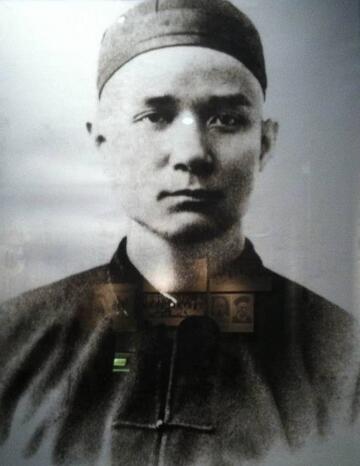
Sun when he was 17 years old. Image via thepaper.cn
Soon after his return home, Sun’s revolutionary nature began to surface. One day, he was meeting a childhood friend, Lu Houdong, at Cuiheng village’s Beiji Temple and saw villagers worshipping the Beiji God (literally ‘God of the North Pole’). Seeing that these villagers were living in abject poverty and resorting to such a fanciful way to improve their lives, Sun and his friend later destroyed the temple’s Beiji statue.
This radical move seriously infuriated their fellow villagers, forcing Sun to escape to Hong Kong. He later studied medicine in Guangzhou and Hong Kong before obtaining a license as a medical doctor from the College of Medicine for Chinese (now the University of Hong Kong) in 1892.
Despite his achievements in his medical studies, Sun had a bigger ambition: to revolutionize the country. This ambition began to take shape during the Sino-French War between 1883 and 1885, when he realized the Qing Dynasty was weak, corrupt and must be overthrown.
In the years that followed, Sun explored a variety of ways to change the country. In 1894, he wrote a petition to Qing Viceroy Li Hongzhang, proposing that the government should allow its people, materials, lands and logistics to fully unleash their potential. Li did not take his advice.
Disappointed, in November of the same year, he went back to Honolulu and founded Hsing Chung Hui (Society for the Revival of China), which would in 1905 be joined by other anti-Qing revolutionary organizations to become Tungmeng Hui (the United Alliance League), whose goal was to “expel Tatar barbarians, revive Zhonghua (China), establish a unified government and distribute land equally among the people.”
In 1895, when his plot to launch the First Guangzhou Uprising was disclosed, he had to flee the country. During this period, he visited a number of Western nations, carefully studying their economic practices and politics. His journeys abroad ultimately culminated in his famous Three Principles of the People: “Nationalism, democracy and livelihood,” which would shape China’s democracy. In 1897, he went to Japan and gave himself the alias of ‘Zhongshan Qiao,’ seeking cooperation with like-minded people from the Japanese government.
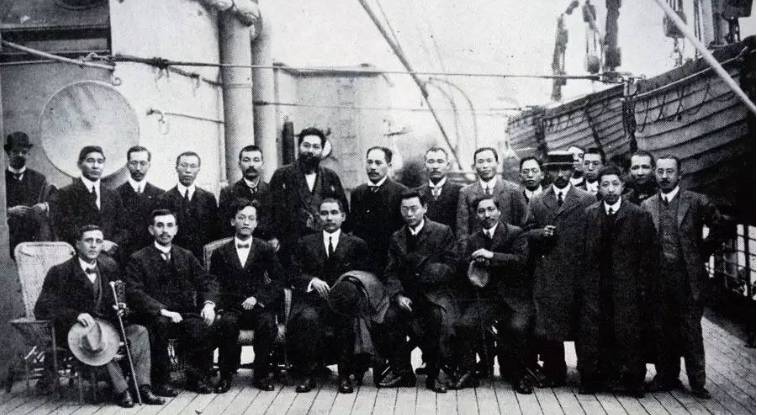
Sun Yat-sen (fourth from left, first row) with like-minded Japanese revolutionaries. Image via Sohu.com
Between 1907 and 1911, Sun led a total of eight uprisings, including the Second Guangzhou Uprising, which ended in failure with the deaths of 86 revolutionaries. Only 72 of them were identified and would become known as the ‘72 Martyrs of Hunghuagang.’ On October 10, 1911, under Sun’s leadership, the first shot of the 1911 Revolution (otherwise known as the Xinhai Revolution) was fired in Wuchang, Wuhan. This time, Sun and his revolutionaries experienced success. Within two months, 15 provinces declared to secede from the Qing government to join the newly-founded Republic of China, of which Sun was elected the provisionary president on December 29, 1911. His inauguration took place the next year on January 1, together with the establishment of the Provisional Government of the Republic of China.
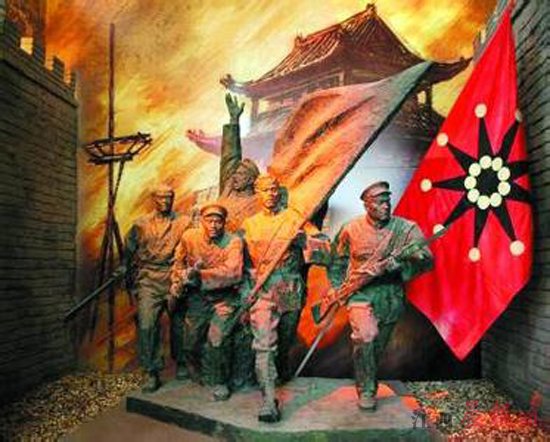
The Wuchang Uprising. Image via jxnews.com
However, without a strong army, Sun’s success didn’t last long and he was forced to give up the presidential position to Yuan Shikai, a powerful general of the Qing government who was in charge of the Beiyang Army. Yuan turned out to be very hungry for power and he attempted to restore the monarchy in China with himself at the top.
Meanwhile, Sun’s efforts to save the country continued. After stepping down, he went on to encourage people to “save China through entrepreneurship” and build railways, while also engaging in political and military moves against the Yuan administration. During this period, he also reached out to the USSR and the Communist Party of China seeking cooperation to save the nation and restructured Tungmeng Hui into the Kuomintang before founding the famous Huangpu Military Academy in 1924 in Guangzhou. The academy would produce many military talents who would play a significant role in China’s salvation.
Sun died of liver cancer on March 12, 1925 in Beijing, leaving many of his aspirations unfulfilled, along with the famous line “The revolution has not yet succeeded, keep up the hard work, comrades!” Despite that, his thoughts and legacies inspired many to take up his torch. Today, he is known as the ‘forerunner of revolution on the Chinese mainland.’ Many places today have been named after him, including Guangzhou’s Sun Yat-sen University and Sun Yat-sen Memorial Hall, various Zhongshan roads across the country, as well as his hometown of Xiangshan, known today as Zhongshan.
For more This Day in History stories, click here.
[Cover image via @NuclearEngineer/Weibo]
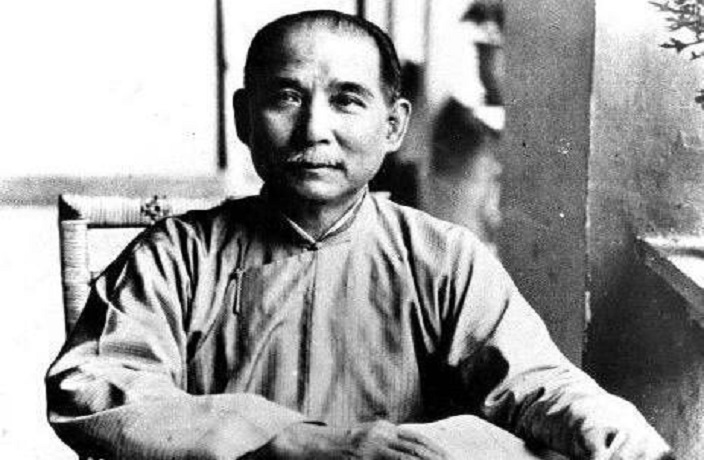




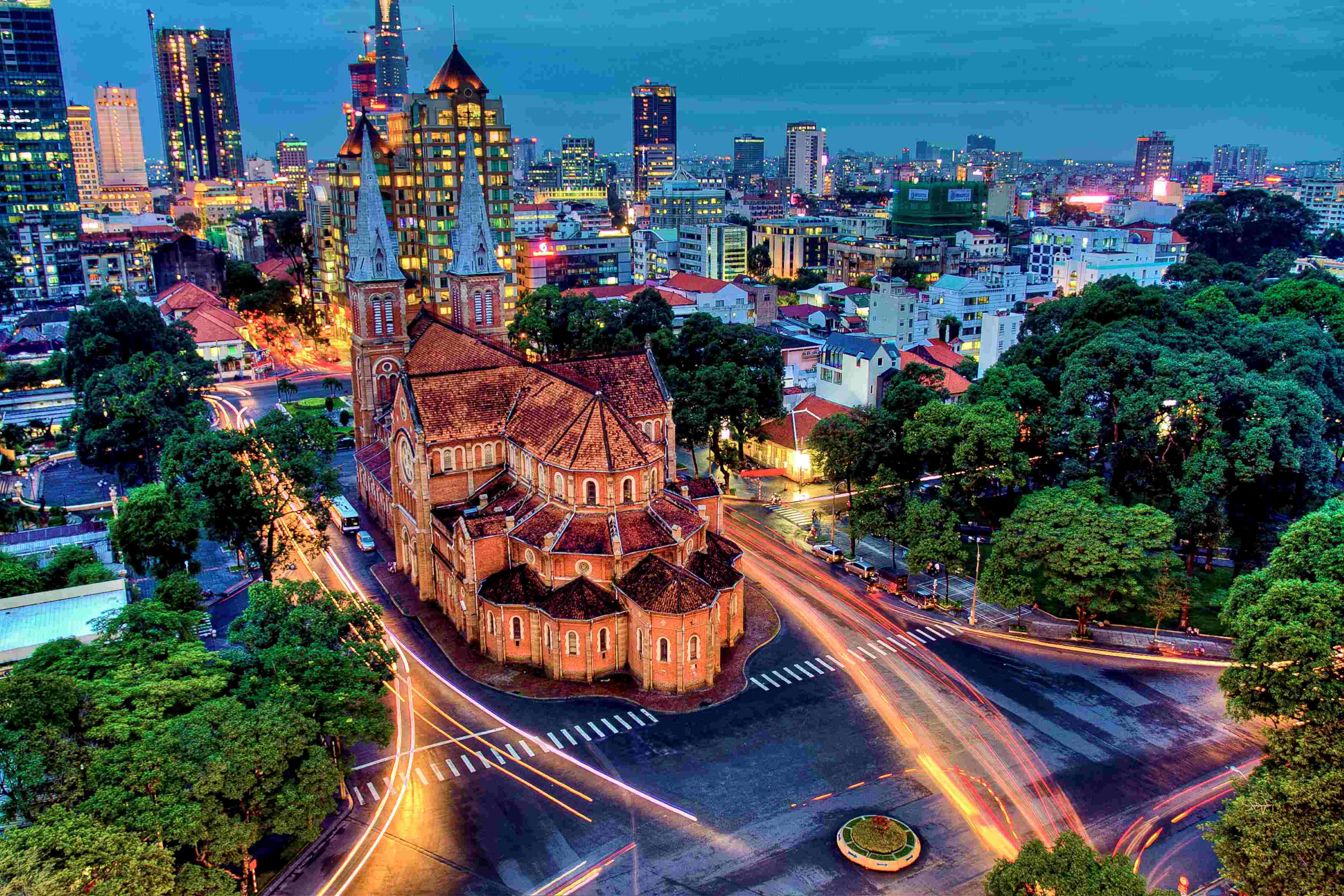
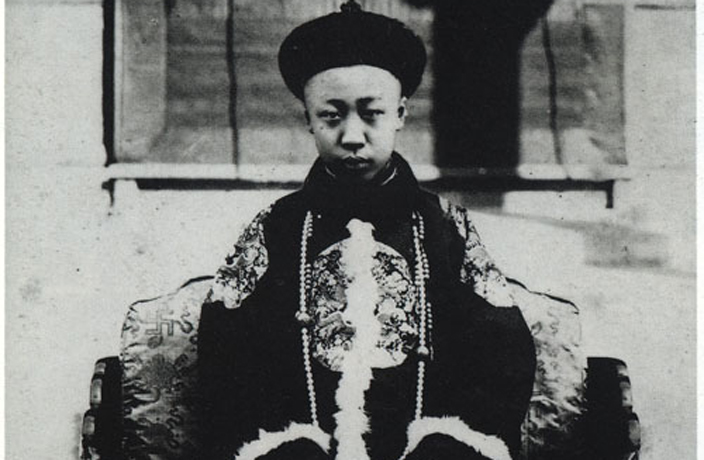
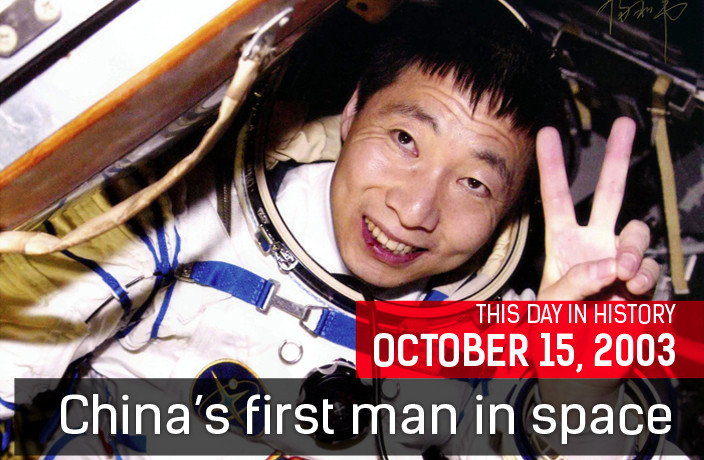














0 User Comments